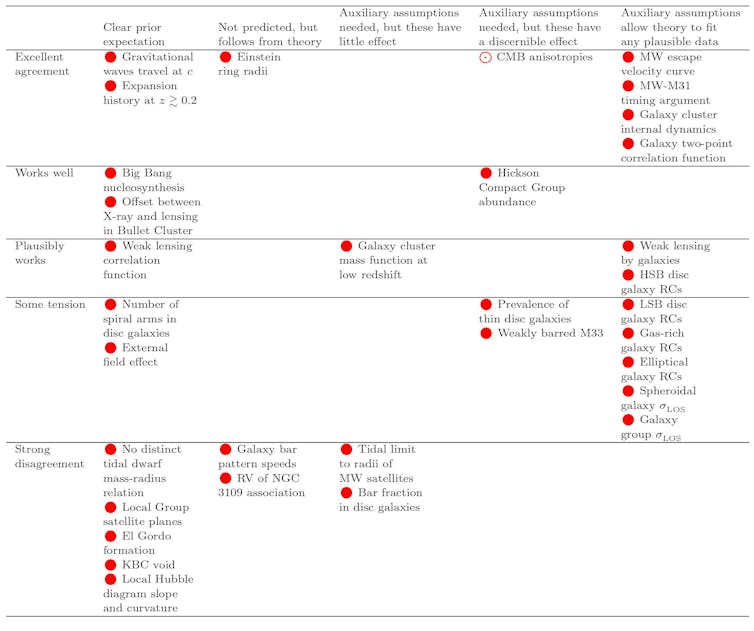How Uber and Lyft still fail their disabled passengers
It’s the year 2022, and Henry Claypool still has trouble getting ride-sharing companies to send a wheelchair-accessible car to his home. Smartphone apps like Uber and Lyft were supposed to democratize transportation for marginalized groups — but for wheelchair users like Claypool, this was always a false promise.
“I live in Arlington, Virginia, still inside the square that makes up DC just across the river,” said Claypool, who is the former director of the Office on Disability in the US Department of Health and Human Services. “And I’ve never been able to hail a wheelchair-accessible vehicle to my location.”
Claypool, who has used a wheelchair since suffering a spinal cord injury during a skiing accident 30 years ago, says he is constantly flabbergasted by the inability of ride-share companies to provide equitable service to people with disabilities.
“I do think that there are ways to do that for people like myself, that might be in close proximity to an urban core, that would give them a more reliable access to transportation than they currently have,” said Claypool. “But these businesses don’t seem to be interested in exploring that right now.”
Ride-sharing companies burst onto the scene over a decade ago, promptly putting the incumbent taxi industry on the back foot with promises of quick pickups and seamless fare payments. They also expressly marketed themselves as a boon for passengers with disabilities.
About 25 million people in the US have travel-limiting disabilities, 3.6 million of which are homebound, according to the Bureau of Transportation Statistics. Part of this is due to the fact that many communities in the US lack accessible transportation options. While the Americans with Disabilities Act of 1990 (ADA) mandates equal access to transportation, facilities built prior to the ADA — like the NYC subway system — are exempt.
Paratransit services, also mandated under the ADA, are largely underfunded, unreliable, and occasionally block access to certain riders. Taxi companies are required to provide accessible service, but only for certain vehicle types. Ride-sharing had the potential to fill in a lot of the gaps in service, but Uber and Lyft have a decidedly mixed track record.
There have been some pilot programs and a handful of partnerships with third-party paratransit providers. Both Uber and Lyft claim to offer wheelchair-accessible service “within minutes,” but only in select cities. The companies go to great lengths on their websites to tout their commitment , but Claypool says their efforts to fight against rules in court that would require them to provide more accessible service speak volumes.
Lyft, for example, has argued in court that it should not be subject to the ADA because it “is not in the transportation business.” These types of statements have complicated efforts by disabled advocates to hold the companies accountable, Claypool says.
“The arguments that the [transportation network companies] have made about not being covered by the ADA have really made it difficult for the community to really have very robust engagement with them,” he said, “because there’s just a denial of our rights at the end of the day.”
Uber and Lyft have a long track record of trying to avoid compliance under the ADA, which prohibits discrimination based on disability. In a 2017 lawsuit, disabled advocates accused Uber of denying equal access to people who use wheelchairs and violating the ADA.
A subsequent report detailed excessively long wait times for wheelchair-accessible vehicles (WAV) in New York City, which led to the city council’s new rule requiring ride-hailing companies to make wheelchair-accessible services part of their operations. Uber’s response was to sue the city to block the new rule, eventually forcing the city into a settlement, exempting Uber and Lyft from the WAV requirement.
Other disabled passengers have had more success. A lawsuit filed in Pennsylvania in 2019 accused the company of failing to ensure that people in wheelchairs receive equal service from the company. A judge recently rejected Uber’s bid to drop the case after a federal court ruled that the plaintiffs had standing.
Late last year, the US Department of Justice filed suit against Uber alleging that the company discriminates against people with disabilities by charging them a “wait time” fee while entering the vehicle. Passengers with disabilities, such as those who use a wheelchair or a walker, often need more time to get into the car than passengers without disabilities.
The lawsuit sent a “powerful message that Uber cannot penalize passengers with disabilities simply because they need more time to get into a car,” Assistant Attorney General Kristen Clarke for the Justice Department’s Civil Rights Division said at the time.
A federal lawsuit obviously raises the legal stakes for Uber. The Justice Department is not only seeking monetary damages for affected passengers but also a court order forcing the company to comply with the ADA.
The lawsuit references a 52-year-old woman from Miami with a spinal injury who uses a motorized wheelchair, detailing how it would take on average five minutes or longer for her to board an Uber vehicle. The woman noticed that she was incurring fees for the added time but was denied a refund from Uber.
Forcing change through the court system will be a slog, but advocates say they are in it for the long haul. James Weisman, general counsel of the United Spinal Association who was instrumental in forcing the Metropolitan Transportation Authority to provide accessible options, said that there have been some incremental improvements. Uber and Lyft have improved their services for wheelchair-users in certain markets, like New York City. And people with visual impairments are able to use ride-hailing services with scant issues.
But there are still glaring deficiencies. People who use service animals, for example, are often refused service by Uber and Lyft drivers. Some riders have seen their accounts deactivated for “too many cancellations,” even though the rides are abandoned because drivers decline their requests after learning of their disabilities.
Weisman says that much in the way that other modes of transportation are legally required to provide accessible service, so too should the ride-sharing companies.
“To me, this seems like a no-brainer,” Weisman said. “Just like ‘bus’ means ‘accessible bus’ now, ‘ride-share’ should mean ‘accessible ride-share.’”


